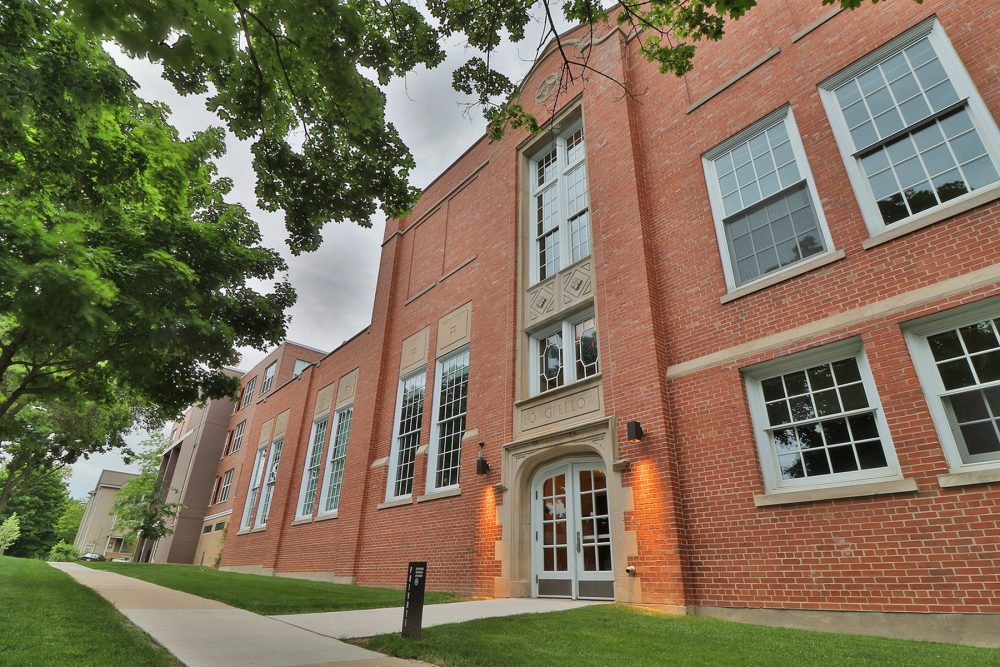It’s hard to miss: 2,000 light bulbs fixed to a towering 4,500-pound, 55-foot-tall sign suspended above the Orpheum’s marquee.
The State Street landmark, installed in July 2016, replicates the venue’s original sign to restore a cornerstone of Madison’s history. The new fixture, part of a larger renovation that began in 2013, relied in part on federal and state historic preservation tax credits. Without them, the sign’s rusted and unlit predecessor would likely have remained in place.
“Nowhere near as much would have been done,” says Amy Hasselman, the project’s architect. “I’m pretty sure they would not have done the whole sign. Forty percent of that is covered by tax credits.”
But if the state Legislature this summer approves Gov. Scott Walker’s budget recommendation to limit the state’s historic tax credit program to $10 million annually, neglect could soon become the norm for a larger chunk of Wisconsin’s historic properties. The program currently does not have a limit.
It would be a drastic reduction to a wildly popular program that provides a 20 percent transferable credit for rehabilitation expenses on certified historic properties. Developers who apply for the state credit usually also apply for a 20 percent federal historic tax credit, which would not be affected by proposed cuts.
Click here to continue reading »
This article was originally published by Riley Vetterkind in Isthmus.

